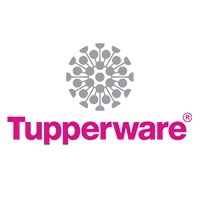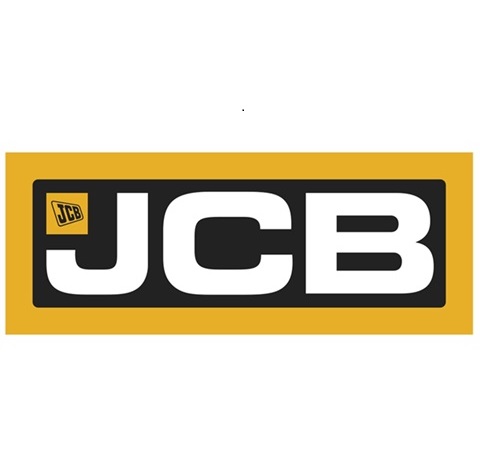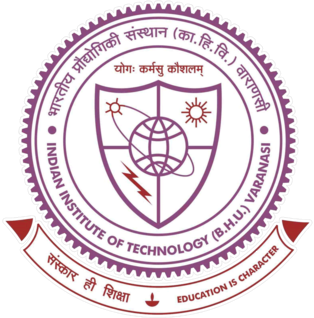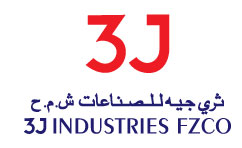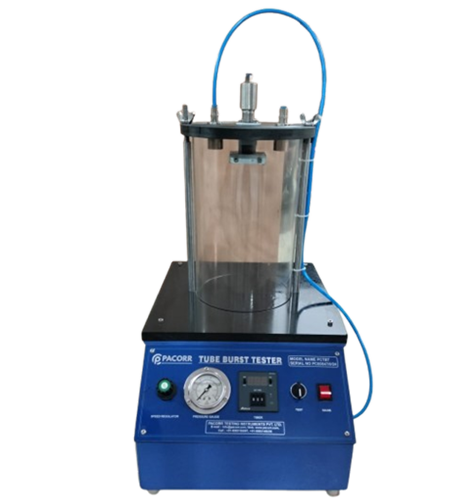
Tube burst tester technology has seen significant advancements, enhancing the accuracy and efficiency of these tests. Innovations such as automated testing systems and advanced data analytics have made it possible to conduct more precise and comprehensive assessments of material performance under pressure. Automated systems reduce human error and ensure consistent application of pressure, while sophisticated data analysis tools enable detailed examination of test results, revealing intricate details about material behavior and failure modes. These advancements help manufacturers develop safer and more reliable products by providing deeper insights into material properties and performance characteristics.
- Shipping Area: All over the world
- Model: PCTBT-001
Tube burst testing is a critical procedure used to evaluate the strength and durability of various materials, especially those subjected to internal pressures. This method is particularly vital in industries where the integrity of materials is paramount to safety and performance.
What is a Tube Burst Tester?
A tube burst tester is a specialized instrument designed to apply internal pressure to a tube or pipe until it bursts. This test helps determine the maximum pressure the material can withstand before failing. The tester provides valuable data on the material's burst pressure, which is essential for ensuring safety and reliability in applications like pipelines, automotive components, and aerospace structures.
Applications of Tube Burst Testing
Automotive Industry
In the automotive industry, tube burst testing is used to evaluate the strength of fuel lines, brake lines, and other critical components that must withstand high pressures. Ensuring these parts can endure the required pressure levels without failure is crucial for vehicle safety and performance.
Aerospace Industry
Aerospace components are often subjected to extreme conditions, including high pressures. Tube burst testing helps ensure that materials used in aircraft systems, such as hydraulic lines and fuel delivery systems, can handle the operational stresses.
Construction and Plumbing
In construction and plumbing, tube burst testing ensures that pipes and fittings can withstand the pressures encountered in water supply and heating systems. This testing helps prevent leaks and failures that could lead to significant damage and safety hazards.
Packaging Industry
For the packaging industry, especially in products that are pressurized like aerosol cans and certain types of sealed containers, tube burst testing ensures that the packaging can handle the internal pressure without failing, ensuring product safety and compliance with regulations.
Benefits of Tube Burst Testing
Quality Control: Tube burst testing provides a reliable measure of a material's quality and consistency. By identifying weak points and potential failure modes, manufacturers can ensure that their products meet the required standards.
Safety Compliance: Many industries have stringent safety standards that materials must meet. Tube burst testing ensures that components comply with these regulations, helping to prevent accidents and ensuring public safety.
Product Development: For research and development, tube burst testing is invaluable. It allows engineers to test new materials and designs, providing data that can be used to improve product performance and durability.
How Tube Burst Testing Works
Preparation: The tube or pipe is prepared according to specific testing standards, which may include cleaning, drying, and measuring.
- Mounting: The sample is securely mounted in the test machine, ensuring it is correctly aligned and sealed.
- Pressurization: The tester gradually increases the internal pressure within the tube until it bursts. The rate of pressure increase can be controlled to simulate different operating conditions.
- Data Collection: During the test, data on pressure, deformation, and the point of failure are collected. This information is used to create a pressure-deformation curve, which provides insights into the material's behavior under stress.
- Analysis: After the test, the burst pressure and the nature of the failure (e.g., ductile or brittle fracture) are analyzed. This analysis helps determine if the material meets the required performance criteria.
Tube burst testing is an essential procedure for ensuring the reliability and safety of materials used in high-pressure applications. By providing critical data on material performance, this testing helps manufacturers improve product quality, comply with safety standards, and innovate with new materials and designs









